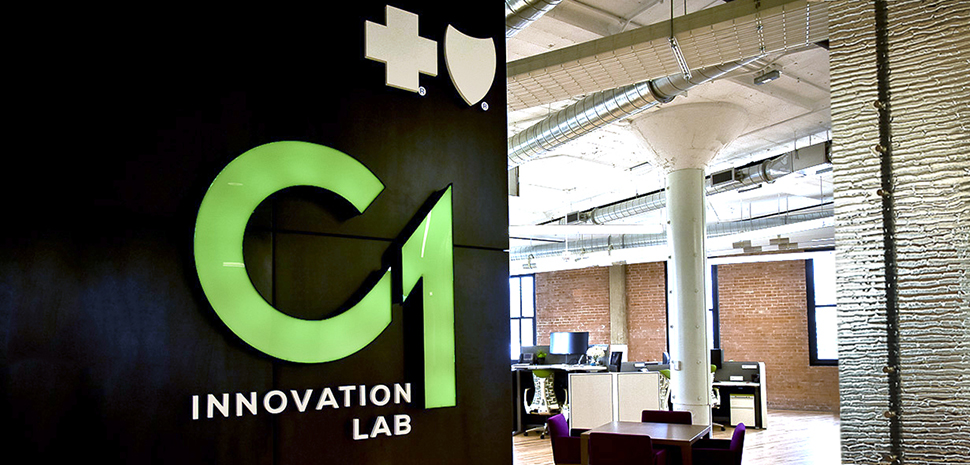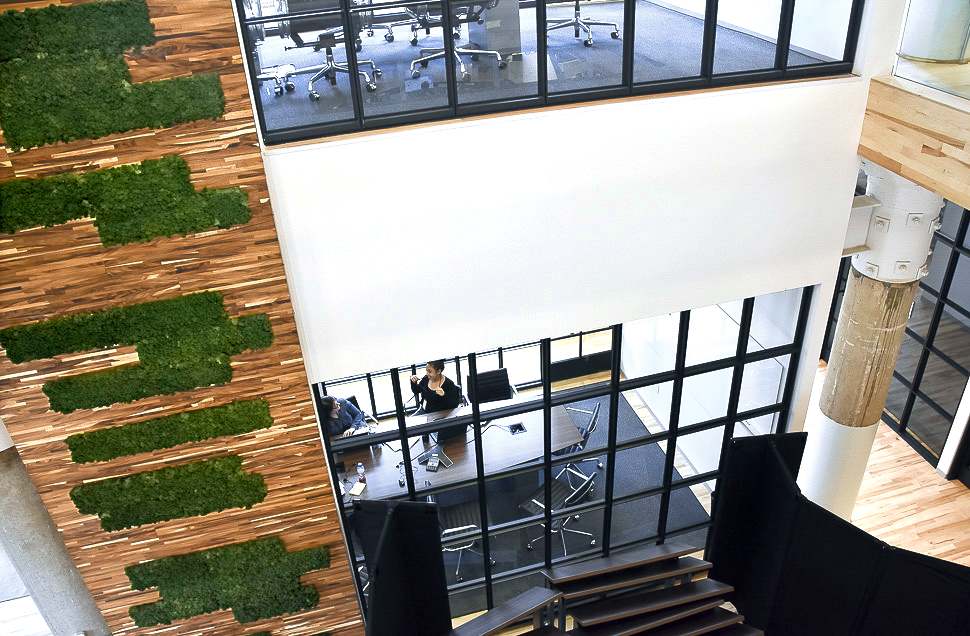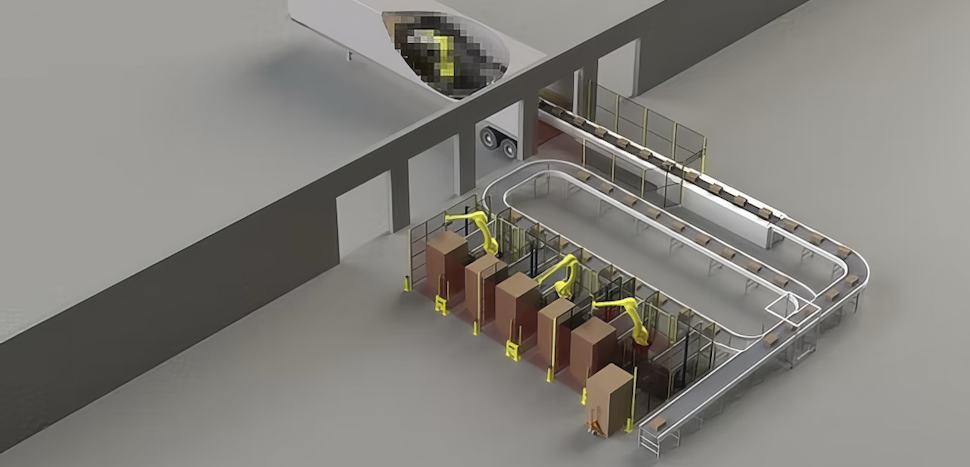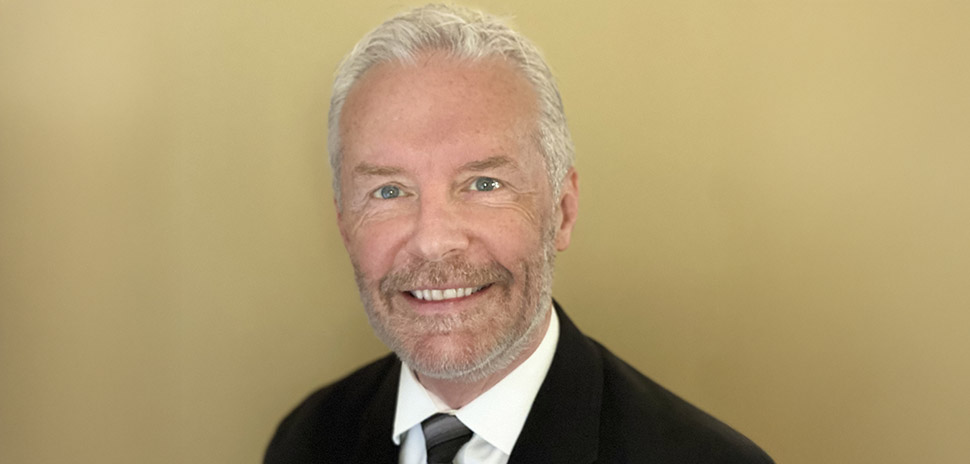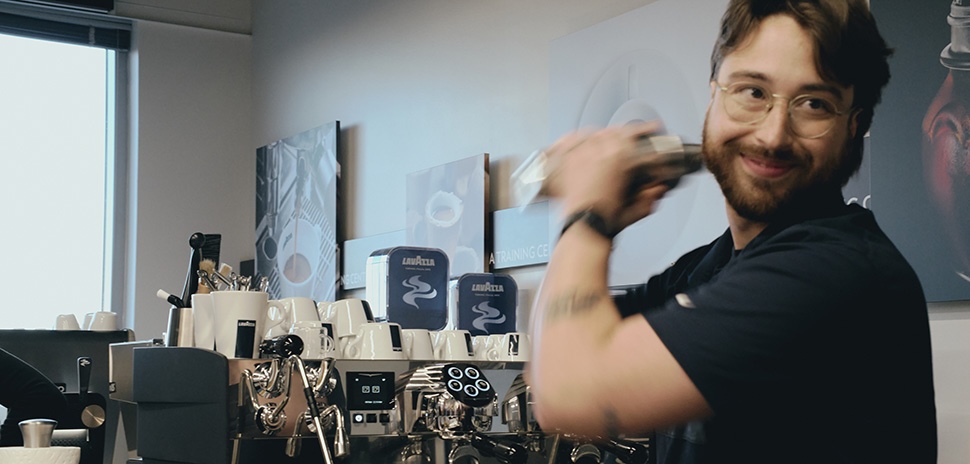Sometimes, the answer to a riddle materializes before your eyes.
Such was the case with Dr. Dan McCoy, who, along with his colleagues at Blue Cross and Blue Shield, had been wrestling for years with the challenges of reducing unnecessary healthcare costs nationwide, while improving patient care.
McCoy and his peers knew they needed to literally expand their organization’s approach to problem solving.
Then, on Feb. 19, 2016 McCoy sat down at what he thought would be a typical meeting of the Dallas Regional Chamber’s board of directors. What he observed would change the trajectory of Dallas’ Historic West End and shape the creation of what would one day be called the C1 Innovation Lab.
A PLAN COMES TOGETHER
These get-togethers sometimes have a guest panel. The Feb. 19 group focused on North Texas’ progress in becoming a hub of tech and innovation. Lane Sorgen discussed Microsoft’s campus in Las Colinas, the firm’s largest U.S. campus outside of its home in Redmond, Washington. Geoffrey Orsak, then-director of the Texas Research Alliance, spoke of partnerships between local university researchers, nonprofits, and area companies that were developing technology helping improve the quality of life in urban areas. Trey Bowles described The Dallas Entrepreneur Center in the West End, and its role in creating an incubator for startups and working with the city of Dallas to build a test bed for smart cities technology.
In his presentation, Sorgen mentioned that Microsoft’s campus included a Microsoft Technology Center, one of 27 innovation centers the company operates across the globe to help organizations leverage company and market data, software, and hardware, to solve problems and to gain competitive advantages.
In 1929, Blue Cross Blue Shield was founded in Dallas … It made a lot of sense that Dallas again would serve as a springboard for the company’s future.
Things began to come together for McCoy. In 1929, Blue Cross Blue Shield was founded in Dallas when Blue Cross Plans were established to provide prepaid hospital care at Baylor Hospital. It made a lot of sense that Dallas again would serve as a springboard for the company’s future.
Following the meeting, McCoy approached the chamber’s Senior Vice President of Research and Innovation Duane Dankesreiter to discuss the idea of putting an innovation center in Dallas-Fort Worth.
Roughly two weeks later, McCoy and several leaders from Blue Cross Blue Shield held a conference call with the chamber learn more about Dallas’ innovation scene. During the call, they learned of several potential sites for a hypothetical Blue Cross Blue Shield innovation center, including the 114-year-old former Brown Cracker & Candy Co./Sunshine Biscuit Co. and West End Marketplace building.
“From those conversations, we put the wheels in motion for this to happen,” Dankesreiter said. “We knew, given the opportunity, we could make the case for why Blue Cross Blue Shield should set up their innovation center in Dallas-Fort Worth.”
A CREATIVE SPACE
“I would say that the February 2016 meeting … sharpened our focus and provided a specific location, where our ideas could take shape,” wrote McCoy, reflecting back.
The more McCoy learned and the more he saw, the more convinced he became by the notion of how the West End neighborhood might be the solution Blue Cross and Blue Shield and Health Care Service Corporation — the operator of Blue Cross Blue Shield health plans in Illinois, Montana, New Mexico, Oklahoma and Texas — were looking for. The organization was already looking at Chicago and Austin as a place for it.
He wanted to show the folks in Chicago what was happening in the West End. Bowles, CEO and co-founder of The DEC, made the pitch for Dallas’ growing innovation district.
“He brought a film crew,” recalled Bowles. “We did a tour of The DEC, and looked at all the things we were doing. We talked a little bit about the focus on innovation.”
COMING INTO FOCUS
Though the West End had its startup/entrepreneurial workspace and was making its way toward a living laboratory by integrating smart city tech into the neighborhood, one crucial element was lacking.
“My argument is that to have a credible, sustainable innovation district, you have to have corporations involved,” Bowles said.
And one such corporation — in this case, the Health Care Service Corporation (an independent licensee of the Blue Cross and Blue Shield Association), and Blue Cross and Blue Shield — needed to buy in.
Fortunately, corporate executives were already thinking along those lines.
“My argument is that to have a credible, sustainable innovation district, you have to have corporations involved.”
Trey Bowles
”There’s something to being away from a corporate construct,” said Kevin Cassidy, president of enterprise national accounts at Blue Cross and Blue Shield of Illinois, Montana, New Mexico, Oklahoma, and Texas. “That was a conscious decision.”
“We do a lot of innovation at the corporate offices; we’re not taking anything away from that. But we did want to remove people from the current process and ask them to think differently. In studying other organizations, finding a different place, away from the main corporate construct, makes innovation quicker.”
Opening an innovation center — one focused on improving healthcare quality while lowering its costs — in a growing market, such as Dallas, made sense, he said.
“Dallas and Texas are very important to us; we really thought we should have a presence in Dallas,” he said. “We knew we’d benefit from the talent that wants to be in Dallas.”
What’s more, he added, it was important to be in an area that is attracting entrepreneurs.
The fact that Factory Six03 — the aforementioned 114-year-old former Brown Cracker & Candy Co. — was available for occupancy made the West End even more enticing to Blue Cross Blue Shield.
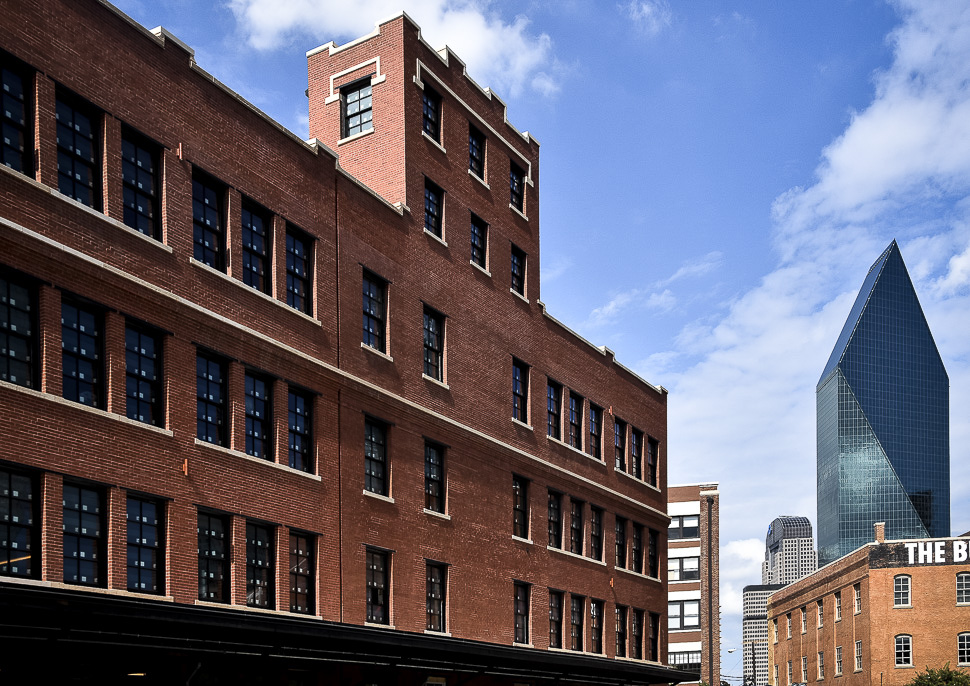
Granite’s Factory Six03: The 114-year-old former Brown Cracker & Candy Co.
For decades, developers have been rehabbing mothballed cotton-gin factories, Model T assembly plants, and crumbling brick-and-mortar warehouses to lure new tenants.
“In studying other organizations, finding a different place, away from the main corporate construct, makes innovation quicker.”
Kevin Cassidy
The cracker manufacturing building was well-suited (granted, with a lot of work) to attract a younger workforce that often occupies such spaces, according to Greg Fuller, president and chief operating officer of Granite Properties’ Dallas location.
“The reason we turned [Factory Six03] into creative office space, is that we’re doing this work all over the country — in Austin, Atlanta — and renovating older buildings like this,” said Fuller, a 17-year veteran with Granite Properties, which purchased and developed Factory Six03. “You want to maintain everything authentic about the building. Buildings from the [early] 1900s are more unique than those built today. That’s where younger, creative people prefer to be.”
The idea behind spaces such as these is to create facilities that help spur creativity.
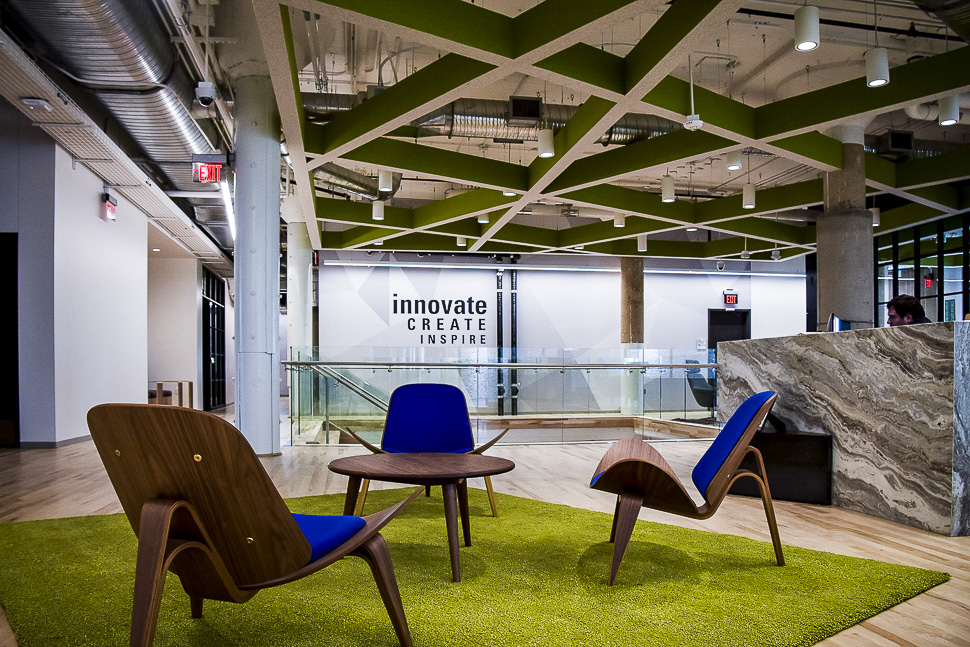
Of course, as with any renovation of older structure, there were surprises.
“We found underground caves and wells that you couldn’t see until you got into construction,” Fuller said. “We had to determine if it went all across the city.”
The tunnel extended only 800 feet, he said.
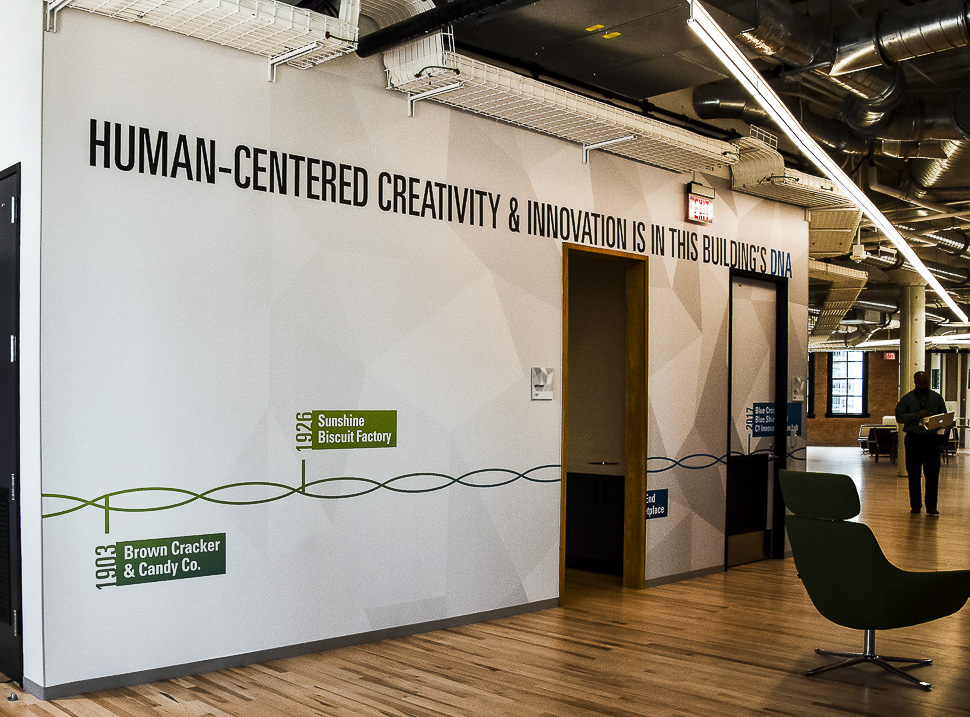
LOCATION, LOCATION, LOCATION
What’s happening at the ground level of the West End, however, is what convinced leaders from Health Care Services Corp. — the nation’s largest customer-owned health insurer — and Blue Cross and Blue Shield to locate the C1 lab to that location.
“From Day 1, as soon as we found the right location in Dallas … that neighborhood solidified our idea,” said Cassidy, mentioning that Austin and Chicago were also under consideration for the innovation lab. “We saw the neighborhood and saw we could do the whole thing here.”
“We saw the neighborhood and saw we could do the whole thing here.”
Kevin Cassidy
Cassidy said from innovation and entrepreneurship standpoints, Dallas was the choice, considering the presence of Blue Cross and Blue Shield Texas’ customer base, the development of the Texas Central bullet train, the region’s entrepreneurial and startup spirit, and the ease of access through air travel.
“Who will be coming to the lab, and how will it work for them?” asked Cassidy. “Customers. It’s hard to argue that there’s somewhere better to get in and out of than DFW.”
The end result of the fateful 2016 board meeting at the Dallas Regional Chamber? The $2.5 million C1 Innovation Lab, named after the organization’s intention to put its customers first, even including them in its problem-solving process. The initial push at the lab will be creating healthcare solutions for business needs of national employers.
PHOTO GALLERY
Take a photo tour of the C1 Innovation Lab. Click the image below to view.

